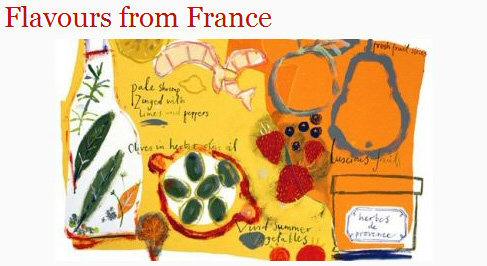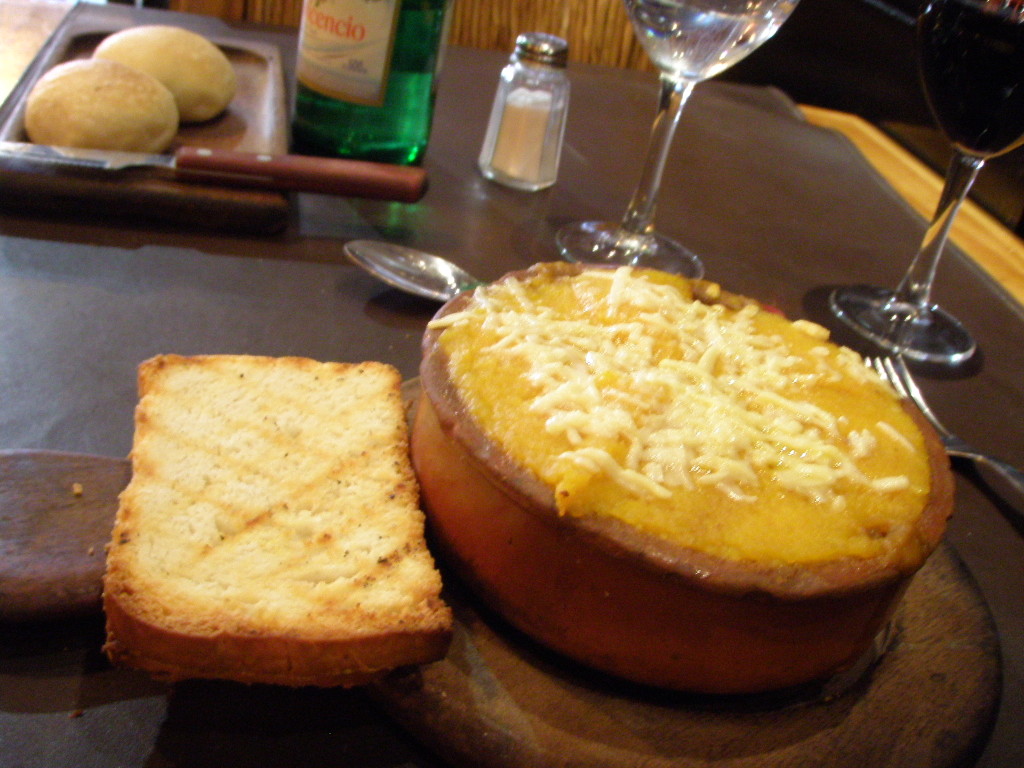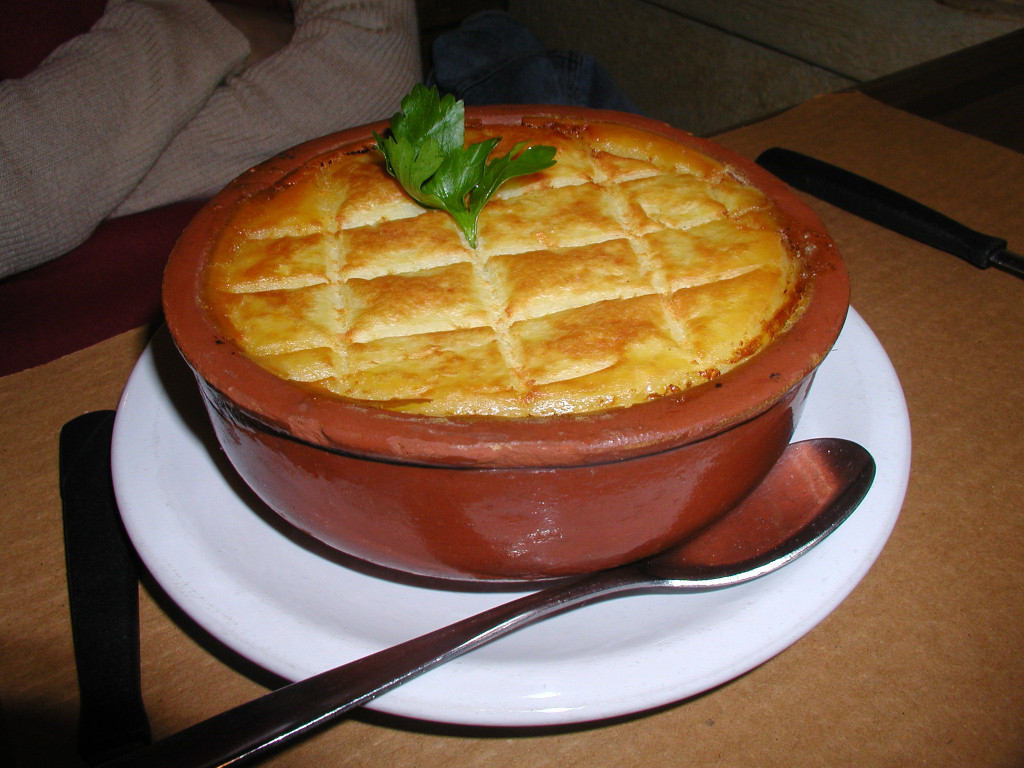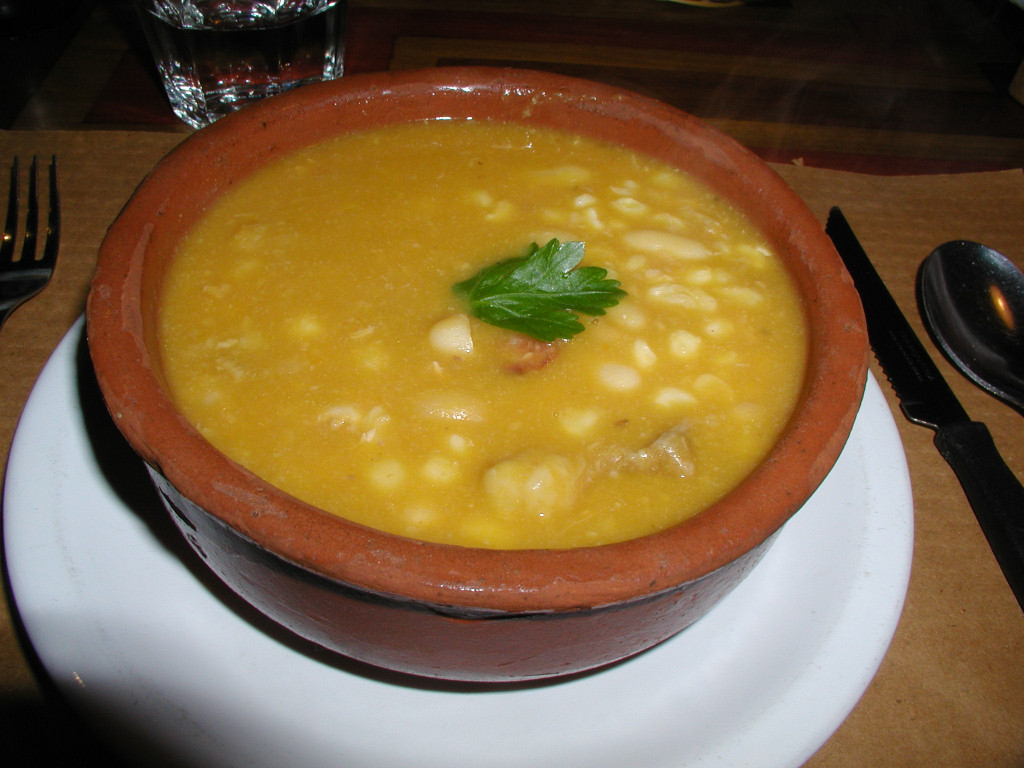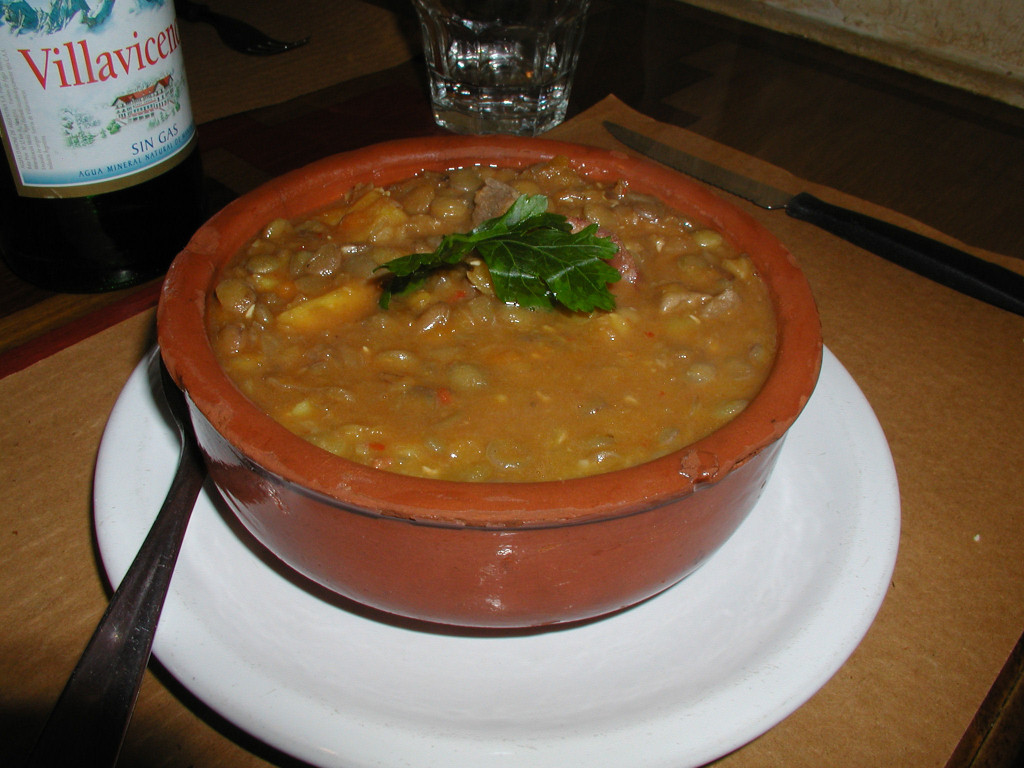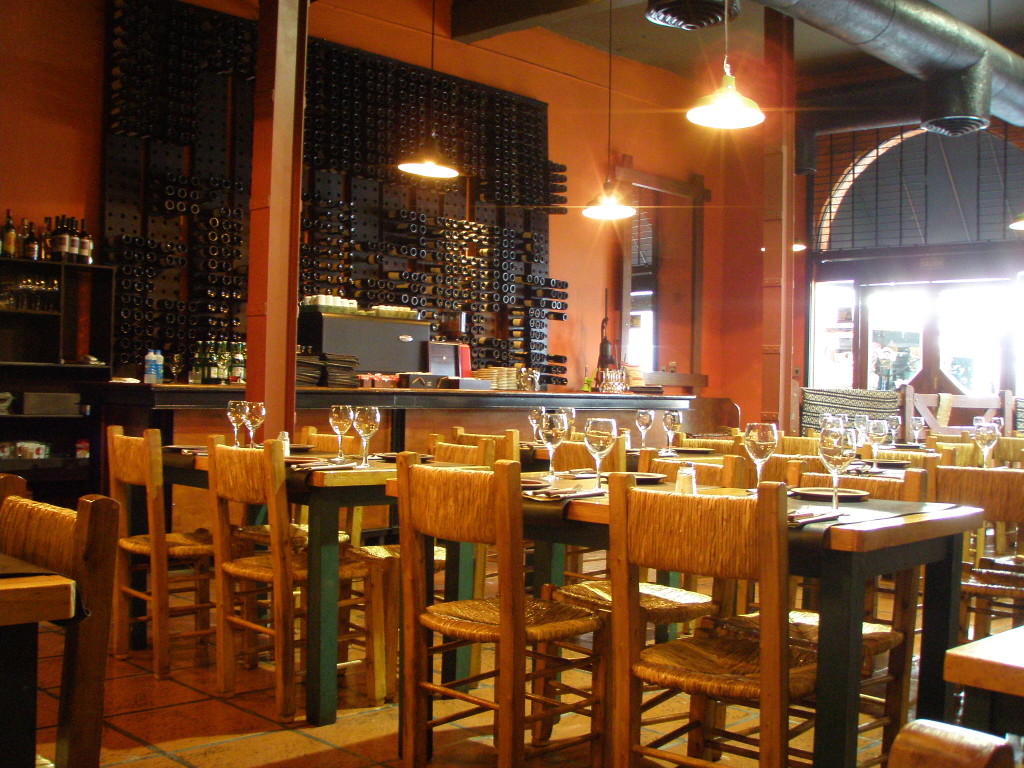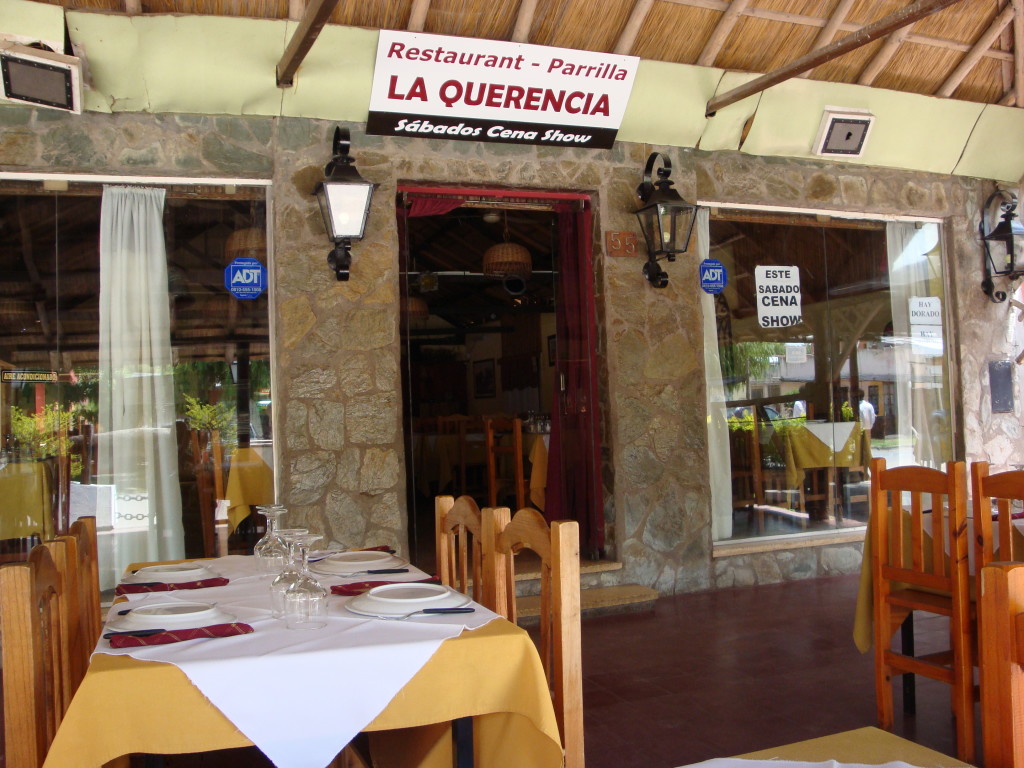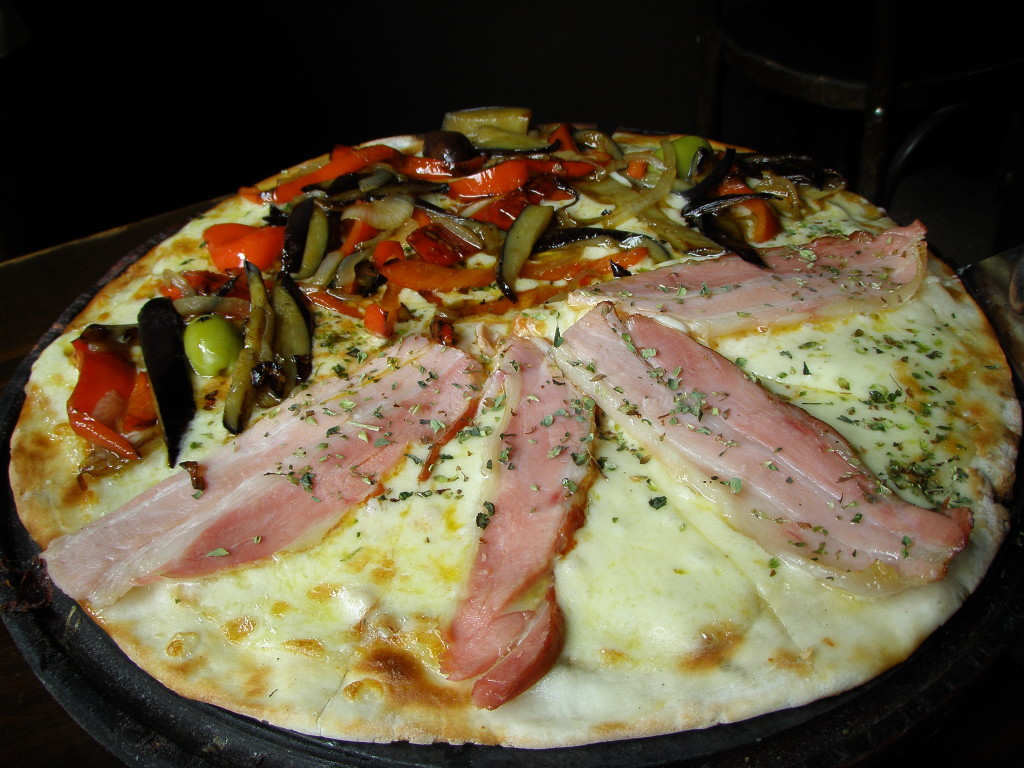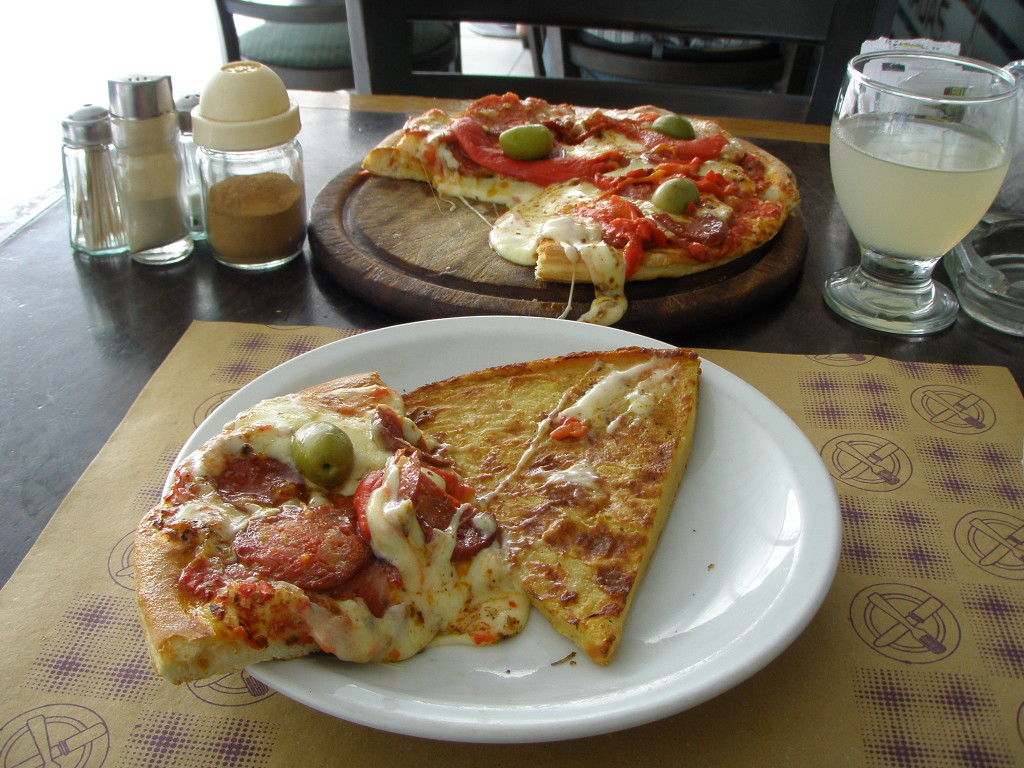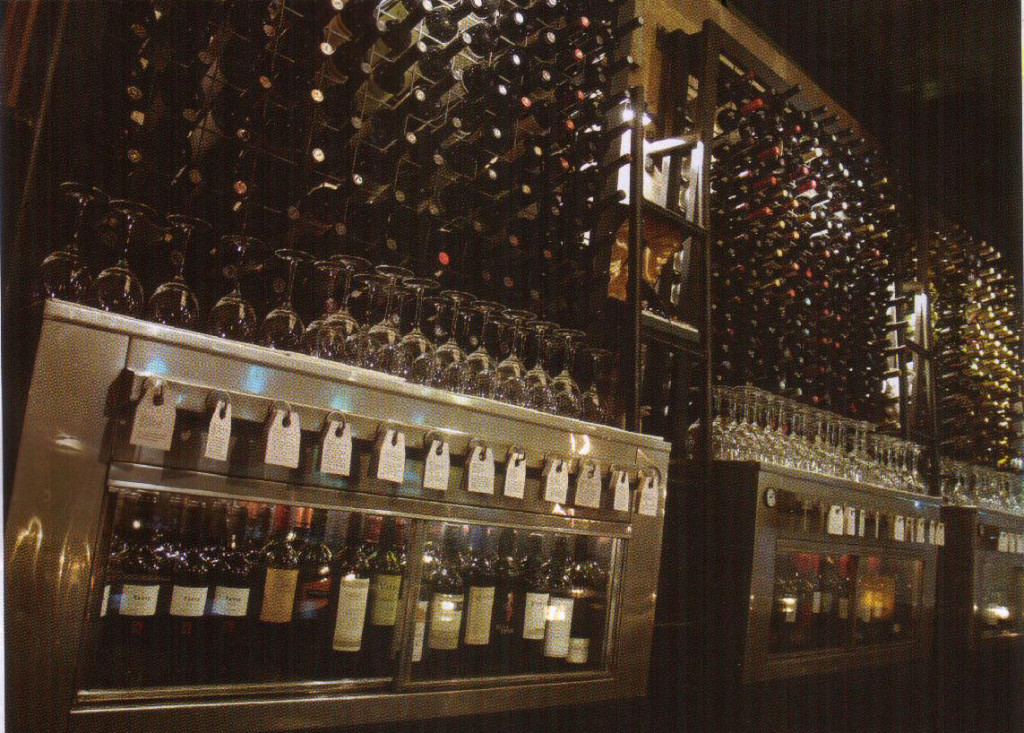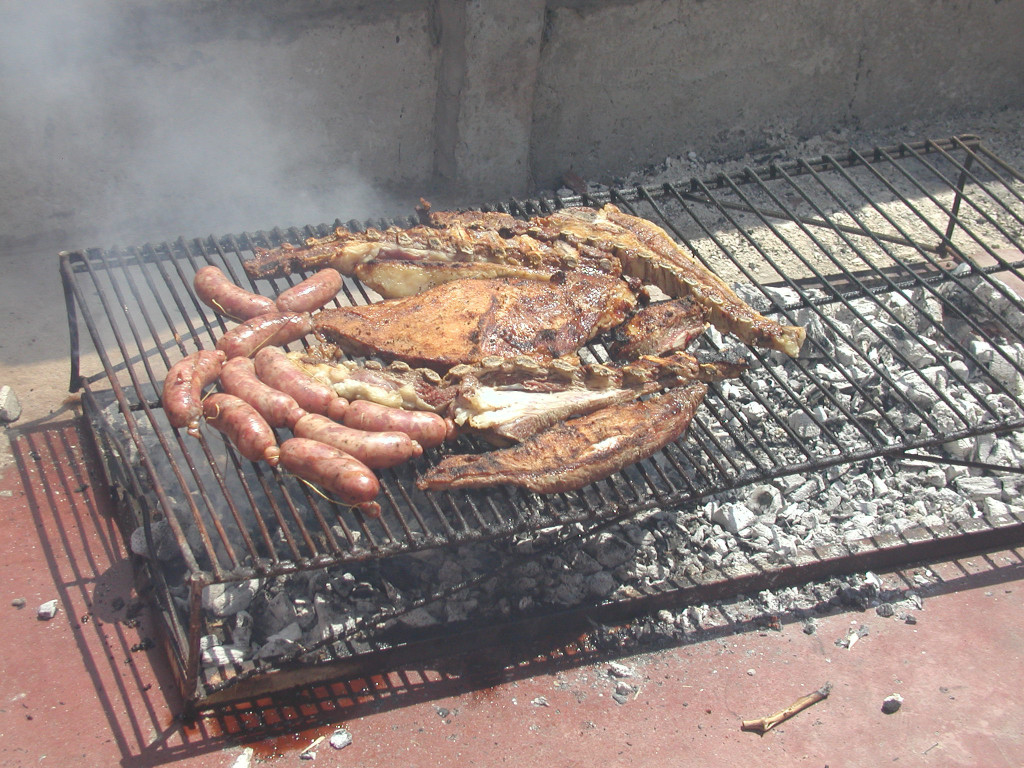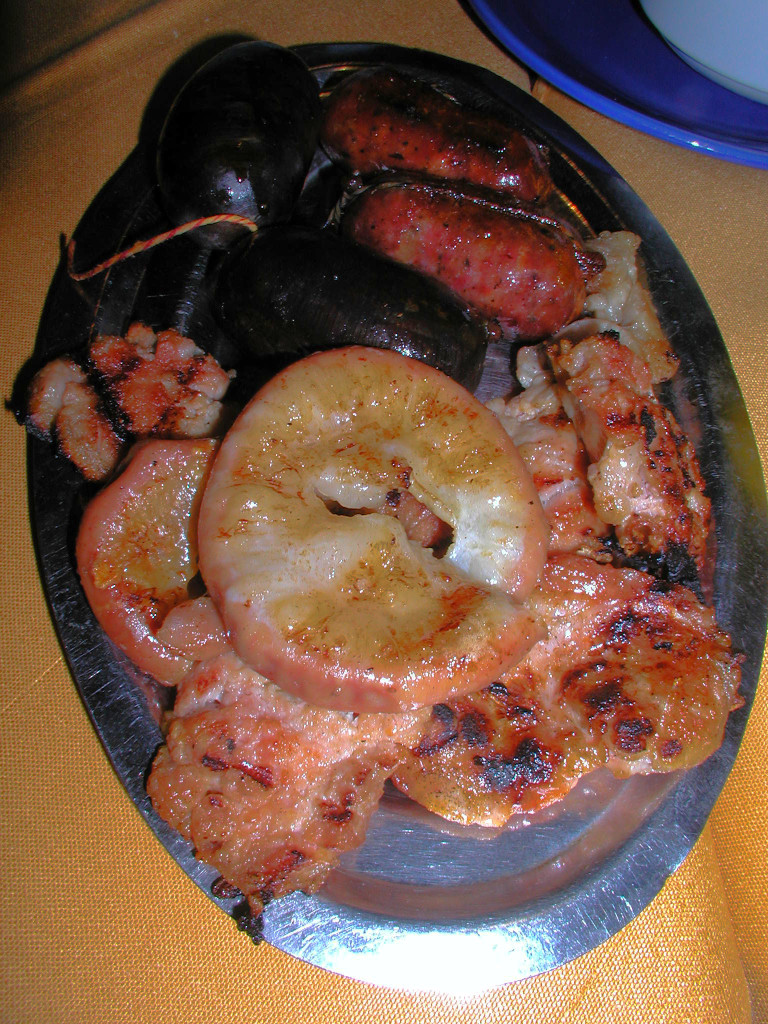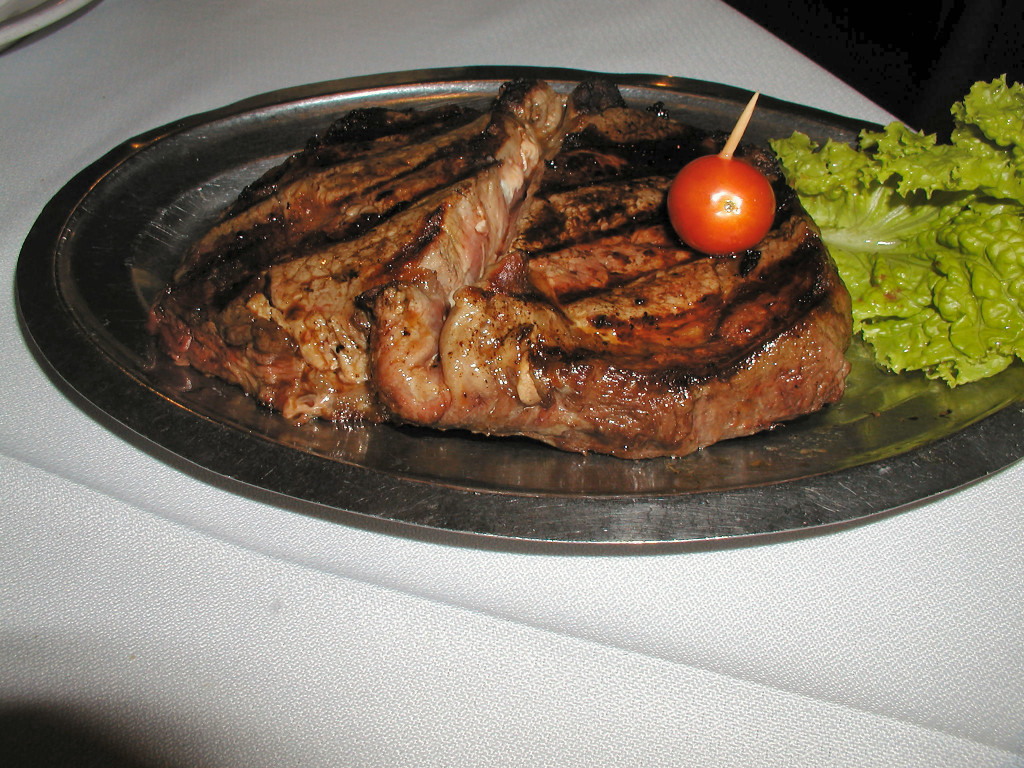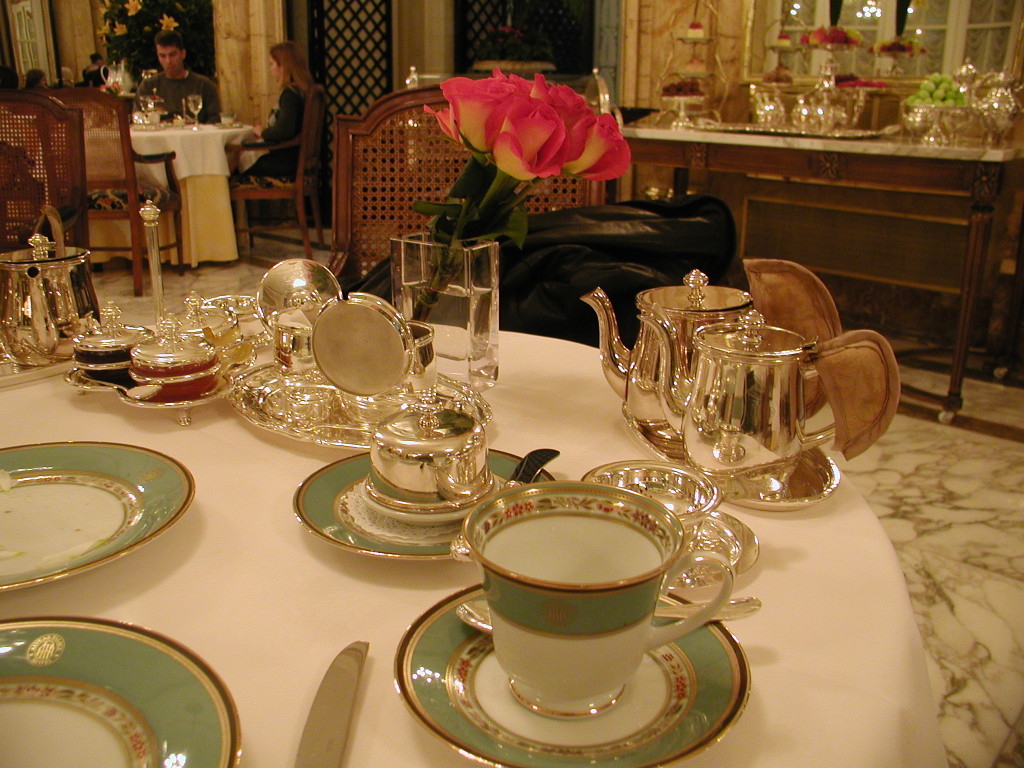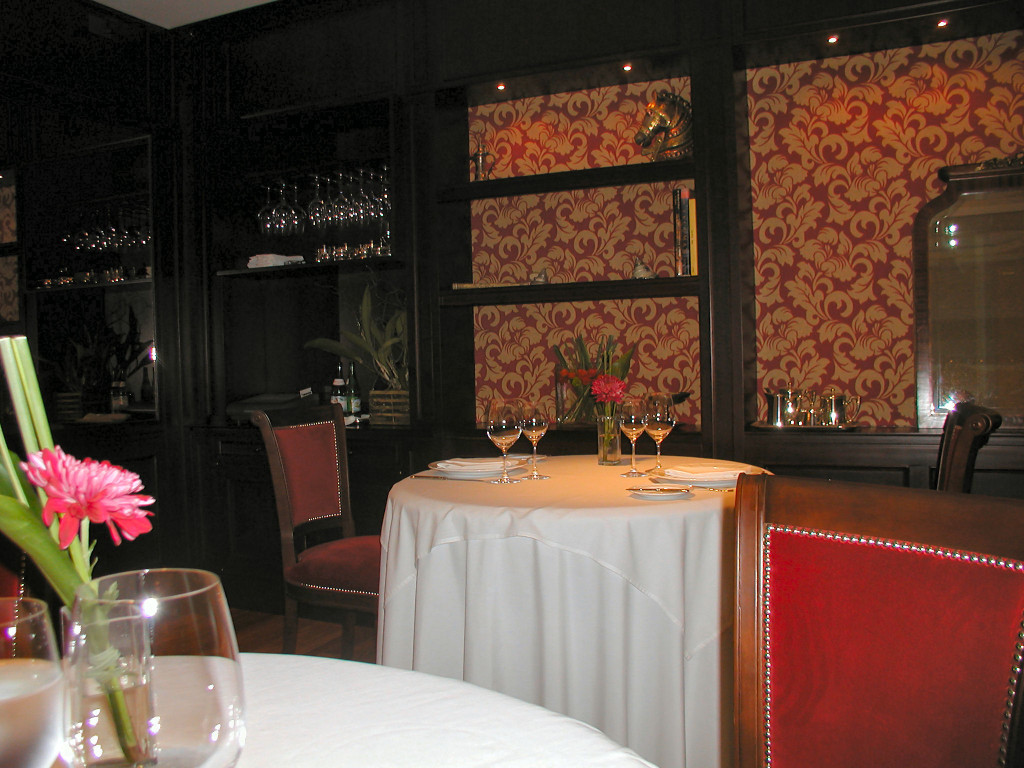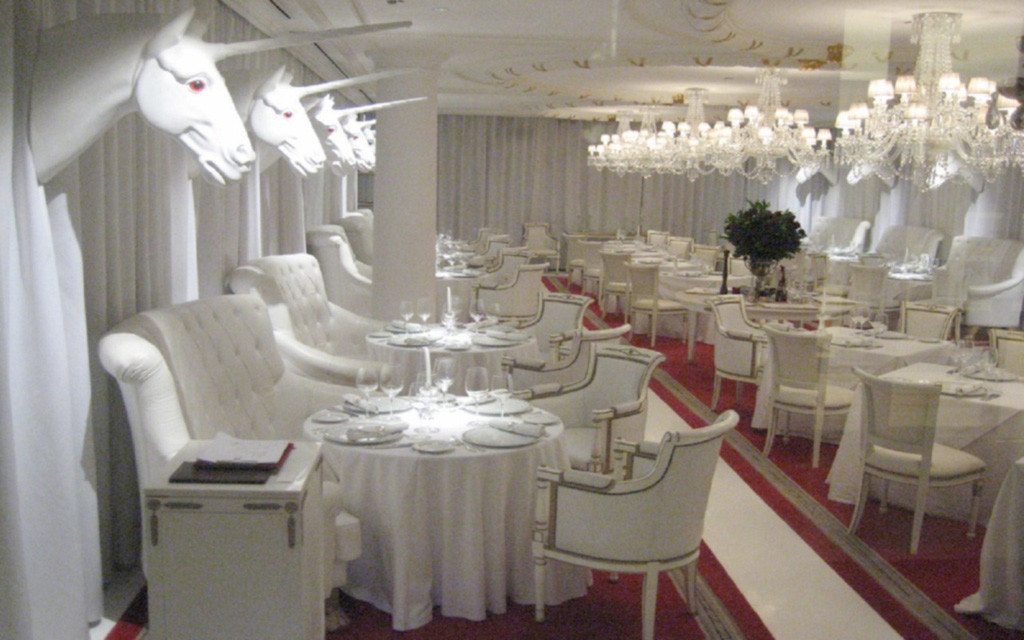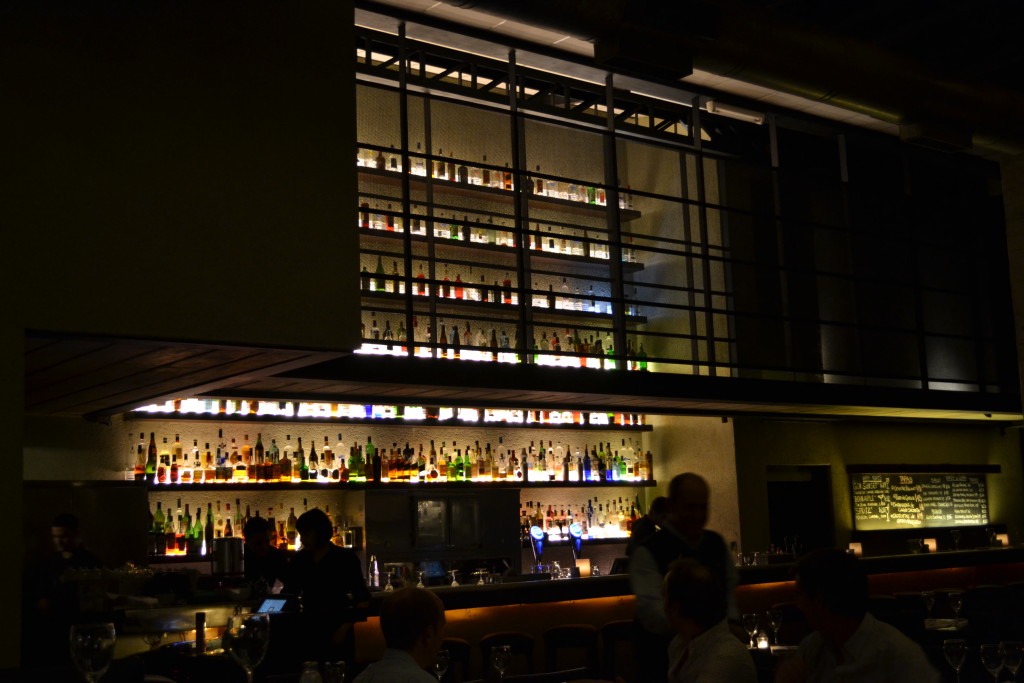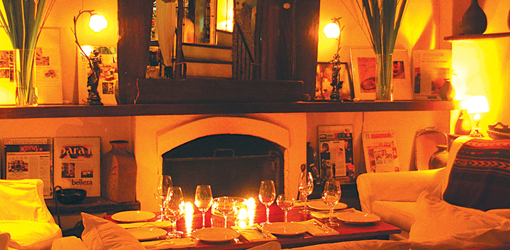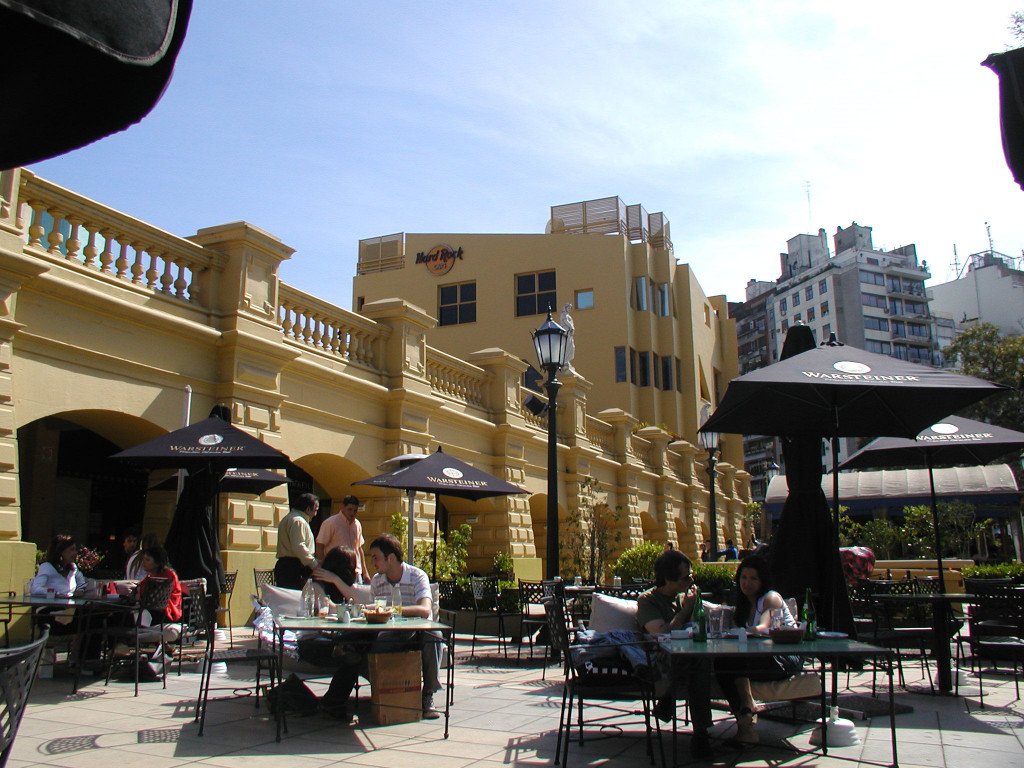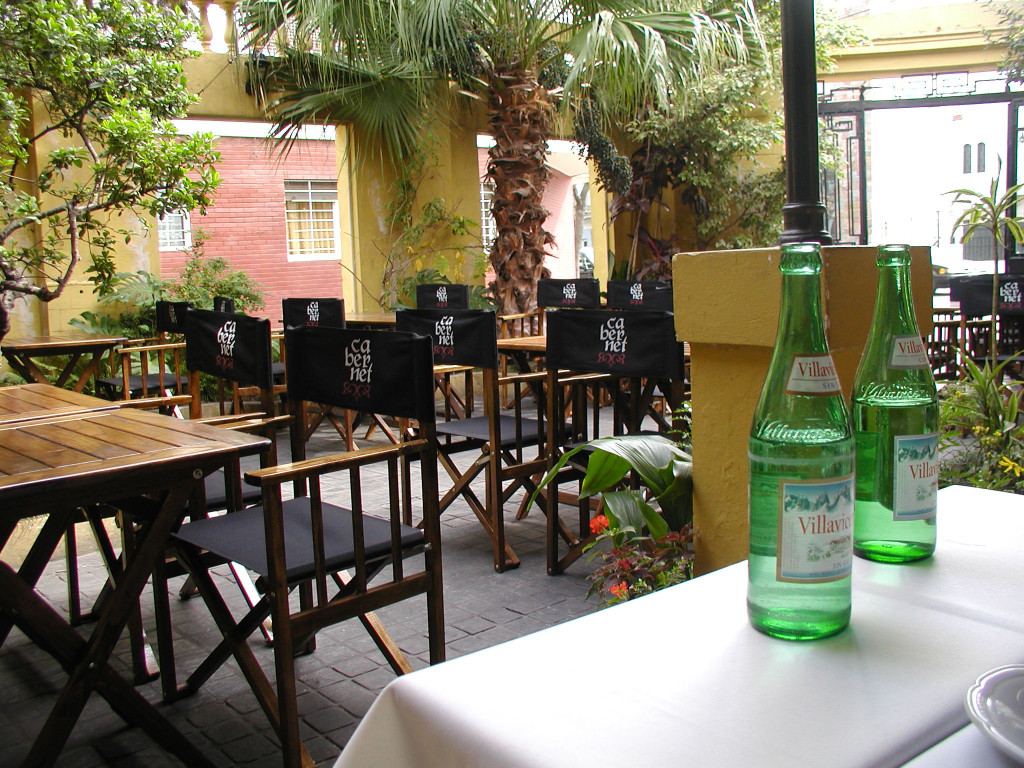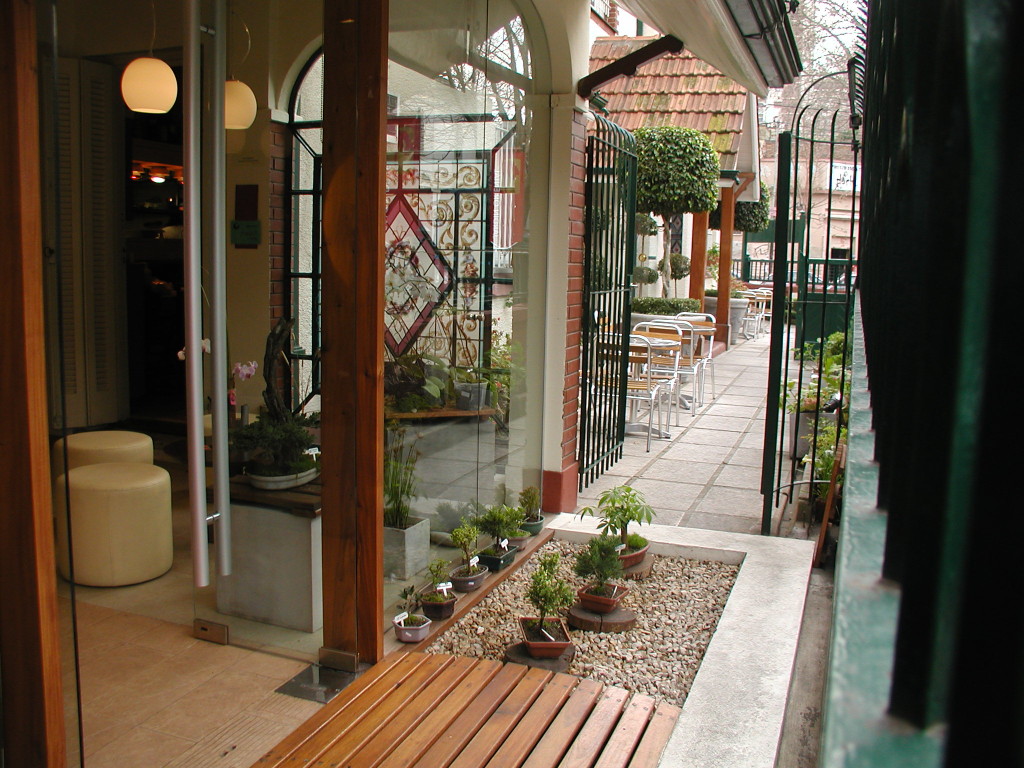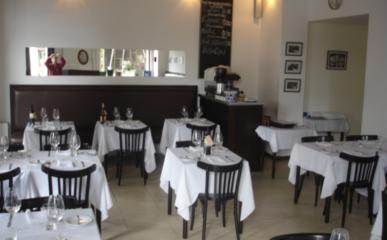Food revolution
August 2008
Food revolution
One of the things I like most about living in Buenos Aires is the opportunity to live through another revolution. Politics aside, I’m not talking about which government is the flavor of the month, but a food revolution. I went through one during the more than four decades of living in the U.S., as we went from the world of meat and potatoes to the world of tofu and sun-dried tomatoes, along with branching out into the world of what, at the time, seemed exotic. And it’s happening here in Argentina, though at a much accelerated pace – the advantage of both following a path that’s been trod before, the ease of travel, and the ubiquity of the internet. What sprawled over decades of development in places that have gone this route before is taking a mere few years here.
That’s not, by the way, to say that Argentina is “behind the times”, but with a fiercely nationalistic bent, and, admittedly a hefty dose of stubbornness at times, its citizens have clung to their tried and true cuisine with tenacity. It’s still not unusual to find locals who simply don’t eat anything but. However, times they are a changing as the saying goes, and with them, an influx of “ethnic” restaurants showcasing cuisine from all over the world. Closest to home, and easiest to swallow for many, are those from the rest of South America. With a dozen other countries to choose from, and some very different cuisines, the scene is growing.
Peruvian restaurants are here in spades. They’ve been here for awhile now, there’s a big Peruvian community. Until recently, they were mostly of the greasy spoon, home cooking variety. But a trio of very interesting options have opened up in Palermo over the last couple of years, each of which offers up its own charms. Moche, Nicaragua 5901, 4772-4160, originally opened up a bit over a year ago under the guiding hand of the newly ex-chef from the Peruvian embassy and now in the hands of his key apprentice. It’s a tranquil space on a quiet street, and offers up beautifully presented classic foods – while there’s an element of “novoandino” thrown into the mix, most of the dishes are those familiar from the home-style restaurants, refined for fine dining. Zadvarie D.O.C., Uriarte 1423, 4831-2719, puts a more trendy, Palermo-hip spin on things, with reworked and re-imagined dishes based on classic flavors from Peru and Bolivia served up in a grey-pink post-industrial space by friendly, efficient waiters. Even nicer, in good weather, a rooftop terrace on which to dine. And the new kid on the block, Ceviche, Costa Rica 5644, 4776-7373, is the newest offering from the former embassy chef. Specializing, not surprisingly, in a variety of ceviches, but also offering up a wide range of creative, new interpretations of Peruvian flavors with a touch of Asian influence thrown in. The space is, perhaps, over-designed, extraordinarily trendy and packed with works of contemporary art.
Until recently, Brazilian restaurants seemed to be making strong inroads in the local dining scene, but several closings have left slim pickings. In truth, only one real restaurant remains, and it falls into the casual dining category. It’s very popular (and even more so with the diminished options) among the Brazilian expat community – Me Leva Brasil, at Costa Rica 4488 in Palermo, 4832-4290 provides a wonderful glimpse into the traditional dishes of Brazil, with, perhaps a leaning towards those of the coastal regions. The food is delicious, presented simply, and the space is pleasant with reasonably attentive staff. The only other real option opens only three days a week and offers up dinner and a show for a set price. At Maluco Beleza, Sarmiento 1728 in Congreso, 4372-1737, the menu is limited to one meat and one fish dish, and while they’re both good, the focus here is the show – a mix of Brazilian dance and music, and plenty of drinks to go with them.
The newest community to spring forth with restaurants is the Colombian expat population. In the last year or so, a trio of restaurants have opened. Two of them are quite casual, offering up familiar comfort food to Colombians far from home – La Aromática, Bülnes 873 in Almagro, 4866-2300, is a tiny outpost of a dozen seats offering up simple home-cooked meals; and Antojito Colombiano, Córdoba 3883 in Palermo, 4867-6312, while it first appears to be some sort of cafeteria or coffee shop, offers up a good range of authentic, well cooked, deliciously spiced dishes. Colombia too, has its offering in the fine dining category with the recently opened Gabo, Honduras 5719, also in Palermo, 4778-1293, where a sleek, black and white interior that doubles as a photo art gallery provides a backdrop for some wonderfully reinterpreted Colombian food, and an imaginative cocktail menu.
Surprisingly, despite the size of their communities, the Bolivian and Paraguayan have little to offer in the way of restaurants outside of bare-bones casual spots located within their communities in, primarily, Flores and Liniers, and, while accepting, not particularly welcoming of outsiders. Neighbors Chile and Uruguay offer up a single entry apiece – both worth checking out; and the rest of South America comes up empty handed (there was a Venezuelan restaurant until recently, and there’s an occasional offering of Ecuadorian meals at a dance and art space in San Telmo). Los Chilenos at Suipacha 1024 in Retiro, 4328-3123, is a crowded, bustling spot with tables packed together closer than sardines in a can. Still, if you can jockey yourself into a seat, the food is delightful, focusing on the highly spiced seafood specialties of Argentina’s western neighbor. From the eastern side, the star is La Celeste, Medrano 1475 in Palermo, 4827-5997, with a cuisine similar to Argentine, but with subtle differences. Let the waiters, who are knowledgeable about the food and eager to help, be your guide to trying out “what’s different” – maybe a plate of bizarrely braided chotos… Uruguay’s version of the grilled chinchulines that are a staple of the parrilla here. One nice plus, La Celeste includes a small selection of Uruguayan wines on their list, one of the only spots in town where you can sample them.
In October 2006, I started writing for this Spanish language magazine, covering their English language section for travellers. I wrote for them for about two years. The copy editor, apparently not fluent in English, used to put each paragraph in its own text box on a two column page, in what often seemed to be random order, making the thread of the column difficult to follow. I’ve restored the paragraphs to their original order.
